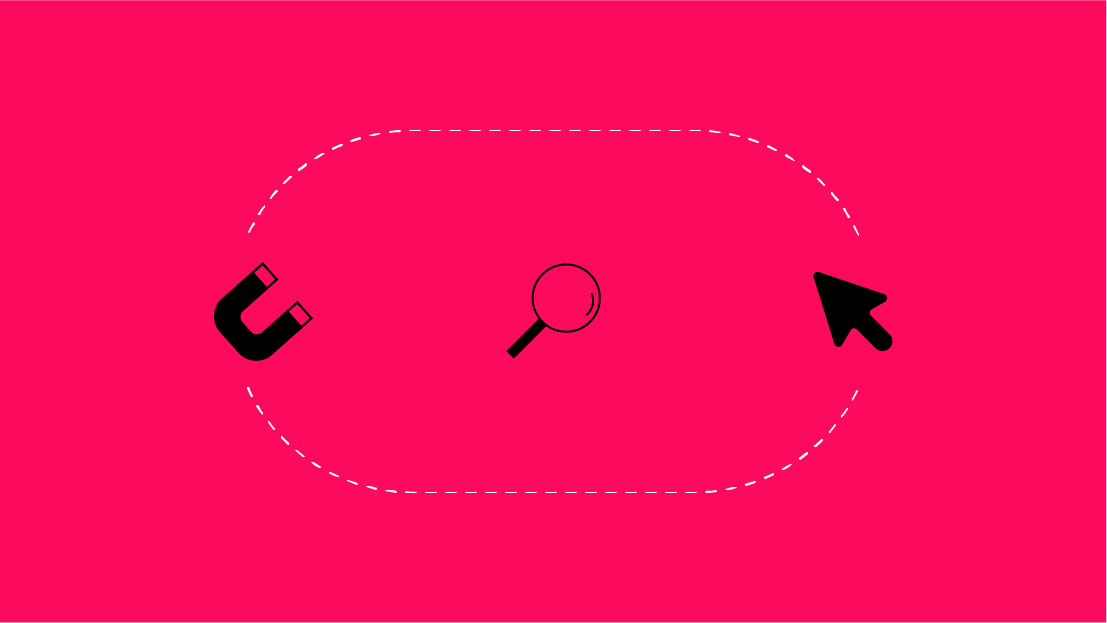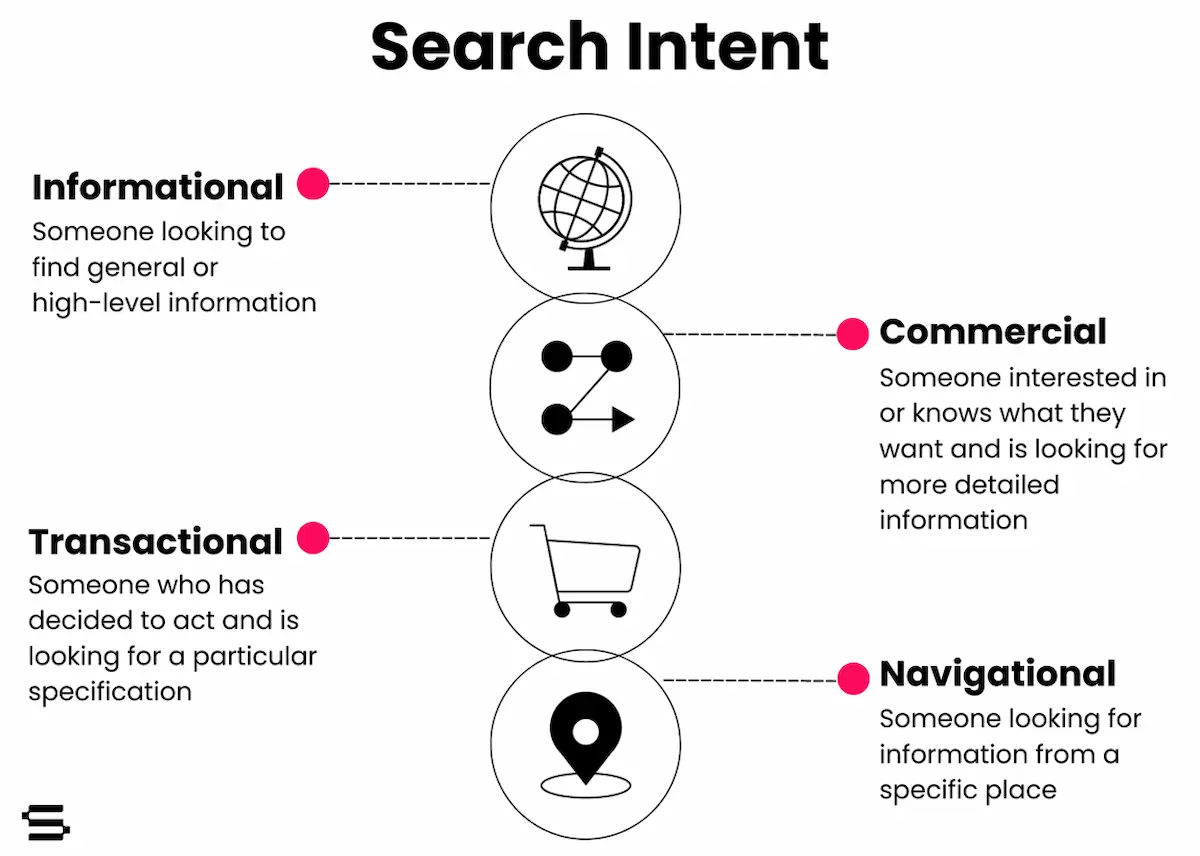Key Takeaway: Running a discovery process at the start of a project will help you identify client red flags. In this presentation, “Red Flags: Use a discovery process to go from red flags to green lights", Dana DiTomaso discusses tactics to create a seamless discovery process to turn those red flags into green lights.
Why is Discovery Necessary?
You need the discovery phase because you’ll better understand your client and project needs-- it’s rare a client knows exactly what they want when they contact you, it's time invested that you will be paid for, and review is one sided in proposals.
Many moving parts goes into discovery, things to keep in mind during kick-off:
- Involve everyone: understand cross-divisional goals, stakeholders giving input and feedback from the beginning of the project 💡 Pro tip: Leverage a “mystery voices clause” when new voices come into the project to rescope for additional time/inputs.
- Hopes and Dreams session: Start with reporting-- reporting will begin a discussion of roles and responsibilities, identify the clients dream goal
- Best Day Ever Question: Ask, “what got you there and how to get you there again?”
- Micro-copy: Using a client’s internal jargon humanizes the relationship
- Ask pointed questions: what didn’t work last time? Who has access to your Google Ads? Who owns the company/do they report to stakeholders?
Understanding their Marketing
During discovery, check their marketing foundations, ask yourself the following questions:
- Analytics: What do they use? Are they using custom dimensions? What actions would a visitor take to no longer be considered a bounce? What pixels are they using?
- Ads: Are they using tagging to properly sort ads? Are other things showing up in GA? Do they know their ad budgets? Do they have block insurance? Do they have media buyers?
- SEO: What year is their SEO program in? How are they attributing biz/revenue to SEO? How are they using content for the SEO process?
- Social media: Who is running it? Are they dedicated to it, or doing it on the side of their desk? Are they allocating the appropriate amount of time? Are they just chasing likes? Or are they investing in social media for the sake of their customers?
- Branding: Is there a brand guide? How are branded items evaluated? Who evaluates it to ensure it maintains the brand standards? Do they have a brand voice?
- Website: Platform? Is it attached to a CRM? Is it attached to an email marketing automation system? Where is the site hosted? Where is the domain registered? How are changes approved for the website? Is there a process to follow?
Tips on Getting the Most out of the Discovery Phase
Dana suggests keeping an inventory of all the touch points: third-party remarketing, client journey, etc. What’s the value of each and how is time and budget being allocated?
Follow the client journey, mystery shop, chat on their site, make a purchase and watch on the back-end and see how the company processes.
The outcome of discovery is your plan. This includes (in detail) what you’re going to do, how your team can help and how long it will take.
Remember: If you’re concerned a client may run off with your plan prior to committing, be sure discovery is PAID process, they are more likely to commit.
The plan should include a goal charter, analytics plan, website blueprint, and marketing strategy. Along with a way to identify internal politics, timelines, skill sets, and accountability.
During discovery, you’ll learn what kind of work relationship you’d have with your client to see if you’re the best fit for their needs.
So emphasize the importance if you receive push back, and leverage the information they give you to justify the process.



